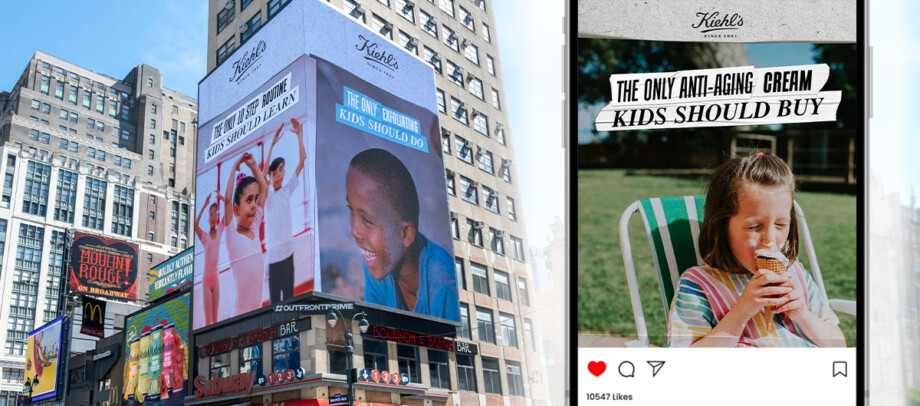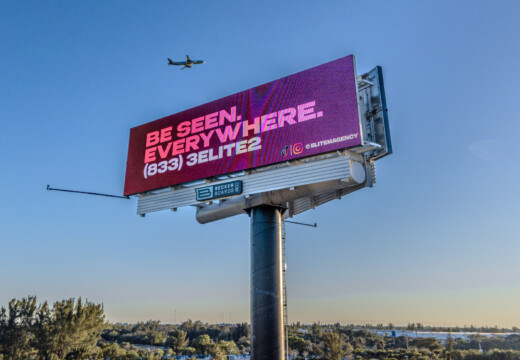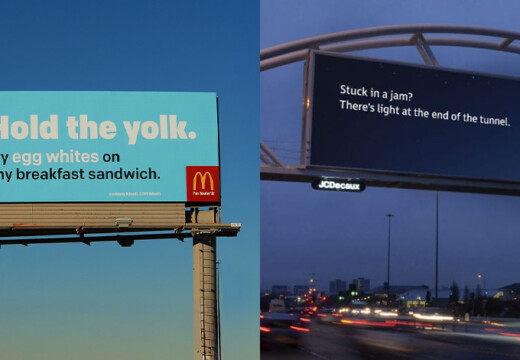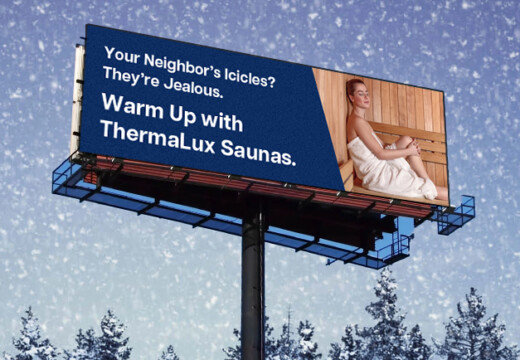While first impressions are key to grab attention and spark interest, the best advertising creates lasting impressions.
That’s where brands have the opportunity to integrate the mobile devices we always carry with us and the digital out-of-home (DOOH) screens in the places we live, work, and play. When these elements come together, they create a seamless multi-channel experience that drives immediate reinforcement while building lasting brand loyalty.
So how do you bridge the gap between online and offline advertising, and how much more impactful is this integration to your brand’s bottom-line?
The latter: connecting online and offline advertising helps brands create deeper insights that neither channel could provide on its own. On any given day, humans are exposed to hundreds of advertisements, and repeat exposure through various mediums is what familiarizes us enough to encourage buy-in. In fact, consumers are 48% more likely to engage with a mobile ad after encountering the same campaign out of home (Source: Ocean Neuroscience).
Below, we highlight the tactics of four brands that successfully integrated OOH and social media, driving impressive results. Use these campaigns to inspire your marketing strategy into the new year.
1. Fuel Audiences with Shareable Challenges
Nothing sparks sharing like a challenge. Use social media challenges to drive engagement both offline (OOH) and online, creating moments that resonate with customers and boost brand visibility.
- Incentivize Sharing: Offer rewards (discounts, free products, or exclusive access) to customers who share content on social media featuring your brand, creating an incentive to engage both offline and online.
- Social Integration: Run social media challenges or create unique hashtags that encourage customers to post their experiences with your product.
Example: MrBeast’s Feastables Campaign
In 2023, Blip partnered with MrBeast to promote his Feastables brand through OOH ads featuring product images and calls to action encouraging social media engagement. MrBeast launched viral challenges on Instagram and TikTok, asking users to share photos or videos with the product for a chance to win prizes or be featured in his videos. Hashtags like #FeastablesChallenge helped track participation and generate buzz online and offline.
2. Promote Local Causes to Engage the Community
Use OOH advertising to amplify community-driven campaigns and encourage social media participation to increase both local engagement and online advocacy for charitable causes.
- Community-Based Campaigns: Partner with local organizations or causes and feature them in your OOH ads to build deeper ties with the community.
- Social Integration: Encourage customers to share their participation in charity events using a branded hashtag on social media, which can amplify the impact of your OOH campaign.
Example: Kiehl’s “Giving Tuesday” Campaign
Kiehl’s used billboards and transit ads to promote their “Giving Tuesday” initiative, featuring local volunteers and pledging a portion of profits to charity. The campaign encouraged customers to post selfies with Kiehl’s products using the hashtag #KiehlsGivingTuesday. For every post, Kiehl’s donated more to the cause, linking social media engagement with charitable impact.

3. Use Personalized, Location-Based Experiences
Leverage geo-targeted OOH ads to deliver personalized, location-specific content that drives real-time engagement and encourages social media interaction.
- Geo-Targeting: Place OOH ads in high-traffic or strategic areas near your business to capture the attention of nearby consumers. Pair with mobile geo-targeting to send real-time, personalized offers or experiences to users in proximity.
- Social Integration: Amplify engagement by encouraging users to share location-based content or use branded hashtags, creating a seamless connection between OOH and social media.
Example: Spotify’s “Thanks 2016, It’s Been Weird”
Spotify’s 2016 Wrapped campaign took personalization to the next level by displaying individual users’ personalized listening stats, such as “You listened to ‘Bohemian Rhapsody’ 347 times” or “You spent 30 hours listening to ‘The Weeknd.’” These stats weren’t random; they were based on real data from Spotify Premium users who had opted into the Wrapped feature. By showcasing these personalized, data-driven insights on digital billboards, Spotify created a highly relevant and interactive experience that resonated with viewers.
4. Encourage User-Generated Content (UGC)
Incorporate user-generated content in both OOH advertising and social media campaigns to build community-driven engagement, boost authenticity, and create social proof for your brand.
- Inspire Content Creation: Motivate customers to share photos, reviews, or videos related to your product by encouraging them to use a unique hashtag or tag your brand.
- Social Integration: Feature the best UGC in your OOH ads (digital billboards, bus shelters, etc.) to celebrate your customers and create a sense of community around your brand.
Example: GoPro’s “Be a Hero” Campaign
GoPro featured user-generated footage on OOH billboards, showcasing extreme sports and stunning landscapes captured by customers. Users were encouraged to post with the hashtag #BeAHero for a chance to be featured on GoPro’s social media and in their OOH ads. This blend of UGC, OOH advertising, and social media engagement created a community-driven campaign that boosted online interaction and strengthened brand loyalty.


